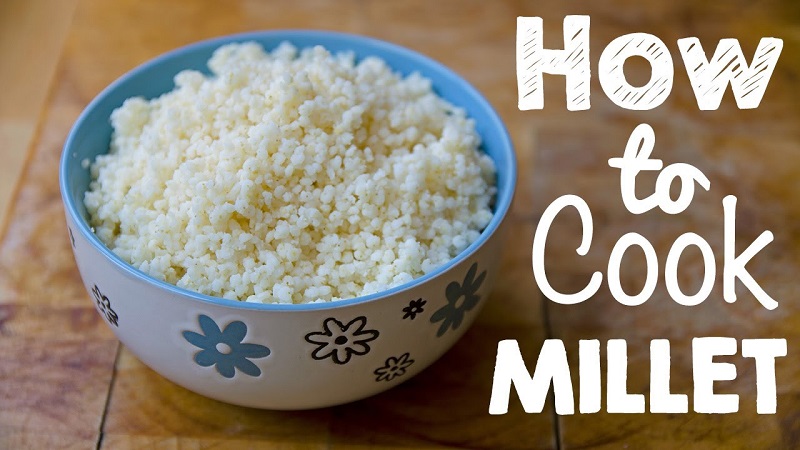Millet is a cereal that has small seeds and its origin is from Africa and Asia, and it is widely used in macrobiotic cuisine for its energy contribution.
There are versions of recipes for sweet millet or porridge- style, among others, and in all of them, millet works as an excellent digestive that increases energy levels if consumed in the morning. Here we will teach you how to cook it, with the recipe from lemongrasspath.com :
What will you need?
- 1 cup of millet
- 3 cups of water
- 1 drizzle of olive oil
- 1 frying pan
- Salt
Steps to follow
- Saute the millet seeds in a pan for 4 to 5 minutes, adding the drizzle of olive oil.
- Stir constantly so it doesn’t burn. And at this point, you will perceive the smell of the seed.
- Add the 3 cups of water and salt to taste.
- The water should come to its boiling point. For more speed, you can add the hot water to the pan.
- When it’s boiling, lower the flame to medium heat and cover the pan.
- Then we must keep it like this for 15 minutes so that the millet absorbs the greatest amount of water.
- Remove from the heat, cover with a cloth, and let it rest for 10 minutes to finish absorbing the water.
- With the help of a fork, fluff the grains, separating one from the other.
This is all. If you add a little butter while fluffing the millet, the grains will separate better and will not cake. With this recipe, you can already enjoy the nutritious benefits of this seed.
Millet is rich in type B vitamins, such as Thiamine (B1) and Niacin (B3) that provide energy by intervening in the metabolism of carbohydrates and in the regulation of the nervous system.
The B vitamins promote blood circulation because they intervene in vasodilation. They also dissolve in water so they are quickly eliminated through the urine and the body needs them daily.
It also provides manganese, essential for the formation of bones and the regeneration of blood cells. Millet must be combined with other foods that are rich in lysines, such as chicken and fish because it has little content of this amino acid.


